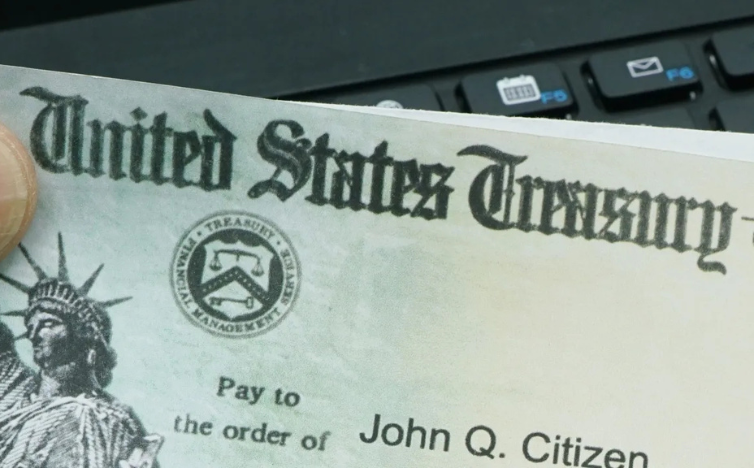The U.S. Treasury used AI tools to stop and recover more than $4 billion in fraud and incorrect payments in 2024. This is a big increase from the $652.7 million recovered the previous year. These AI tools helped find $154.9 million in improper payments before they were made and recover $346.2 million that had already been paid.
The Treasury’s Office of Payment Integrity uses machine learning to analyze large amounts of data and find possible fraud. These tools are available to other government agencies and programs run by states. One major success was using machine learning to detect check fraud, leading to the recovery of $1 billion.
The Treasury’s efforts to identify risky transactions helped prevent $500 million in bad payments and stopped $2.5 billion in high-risk payments. Another $180 million was saved by making payment processing more efficient. However, the department cannot share specific examples due to the nature of these fraud schemes.
“We’ve made big improvements this year,” said Treasury Deputy Secretary Wally Adeyemo. “We will keep working with others in the government to give them the tools, data, and expertise they need to stop fraud and improper payments.”
The department also expanded its services to new users. One of its key tools is the “Do Not Pay” service, which helps agencies check various data sources to confirm eligibility before making payments. This includes cross-checking the Social Security Administration’s Death Master File, a database of deceased individuals, to ensure payments are not sent to the wrong people.
The $4 billion figure covers both fraud and improper payments. Fraud involves deliberate deception, while improper payments are those made by mistake or in the wrong amount. Since the Treasury handles over 1.4 billion payments worth more than $6.9 trillion each year, it plays a crucial role in preventing financial fraud using data and new technologies.
Source: govexec




